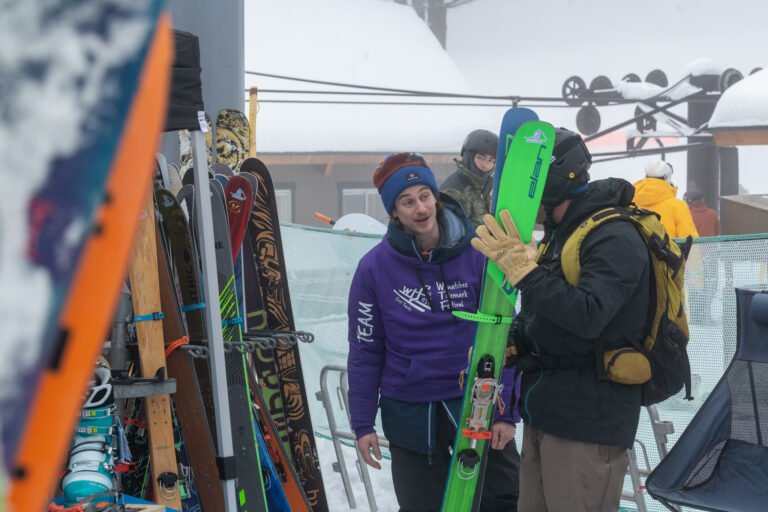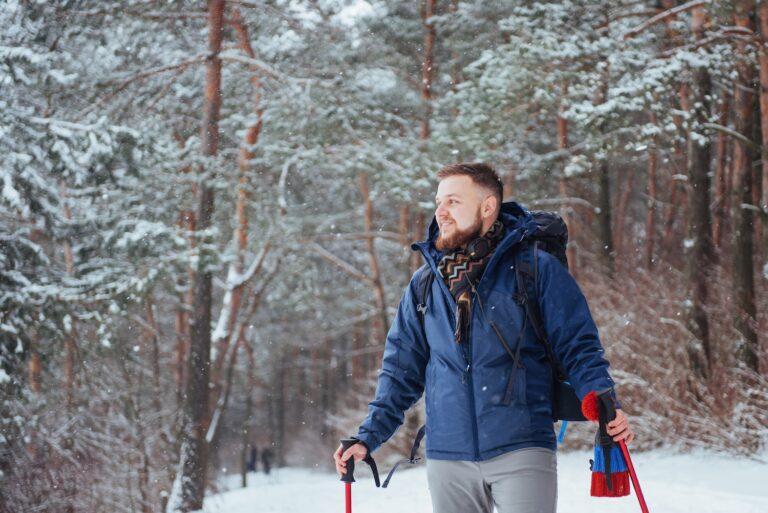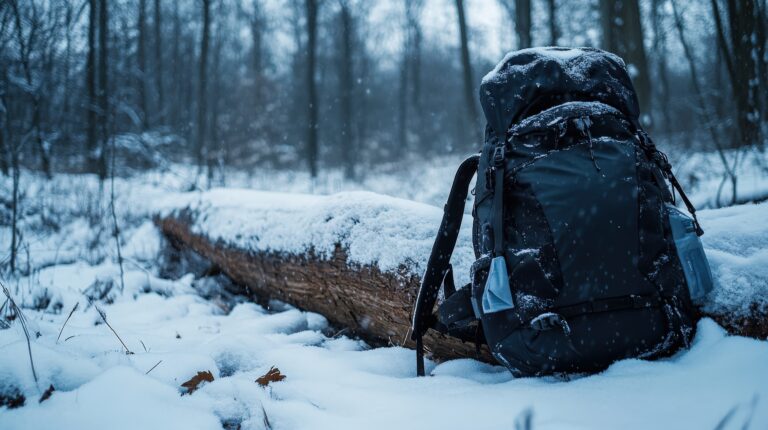Editor’s note: This is part two in our “Year of the Marathon” series on marathon training that offers practical advice and inspiration to help you complete your long run this year. Find part one and look for follow-ups in the coming months at OutThereMonthly.com.
When you’re just starting out, a minor injury or persistent discomfort can make marathon training feel even more daunting. Choosing the right gear can keep you comfortable and moving forward with your running goals.
“If you’re not feeling good, you’re not having fun. If you’re not having fun, you’re not going to do it,” says Nate Kinghorn, General Manager of Runner’s Soul. Pricey gear won’t magically enhance your speed or endurance, but chafing and blistering – or worse, injury resulting from problematic footwear – can certainly slow you down. Rather than beeline for the trendy shoe or outfit, take the time to figure out what works best for your body.
Local marathoner Rachel Jaten, who won the Portland marathon last year and has qualified for the U.S. marathon Olympic trials twice, doesn’t hesitate on what gear tops the list. “If you’re really going to put money somewhere, I would say put it into your shoes,” she says. “I cannot stress highly enough how going to an actual running store and getting a pair of shoes that fits your feet and your gait and how you land – how important that is.”
There’s no one best shoe – every runner’s feet are different. “What makes the best pair of shoes is the right combination of fit and feel for the individual,” Kinghorn says. He notes that most beginning runners’ injuries relate to footwear – shin splints, plantar fasciitis and even stress fractures can result from running long distances in the wrong shoes.
To help runners find that perfect shoe, the staff at local running shops look at everything from wear on your existing shoes to the way you walk. “We have an evaluation process to determine how flexible a person’s foot is – learning how the person moves with each step,” Kinghorn says. Any additional details you can provide, like how often and how far you run, helps.
Good running shoes average about $115 per pair. It’s a steep price, but a solid pair of kicks only needs to be replaced every 300-500 miles. Once you’ve found a shoe you’d like to stick with, Jaten recommends checking out the sale rack for last year’s style of your favorite. “When the new shoe comes out for the year, the last year’s version is usually 35-40% off.”
Next to shoes, Kinghorn says socks can make or break your comfort on a long run. “Our first question when someone comes in with blistering is what kind of socks they’re wearing,” he says. Avoid cotton socks, he warns, but beyond that, sorting out what you like is a matter of preference.
Jaten loves compression socks – but she says they don’t boost performance like people originally thought. Their function, for her, is to prevent her legs from moving more than they have to. “Every time your foot lands, all your muscles shake. Just the force of landing is basically a micro-trauma to your leg. The compression keeps everything tighter and firmer,” she says. Jaten notes that they really help on longer runs. “In that 15-20 miles range, if I wear my compression socks, my legs just don’t feel as beat up. And I like to wear them afterwards for recovery as well.”
It’s definitely worth investing in some comfortable, moisture-wicking clothing for longer runs. “You don’t have to have the latest and greatest as far as what you’re wearing. People are still running in cotton t-shirts and cotton shorts,” says Jaten. “Having good gear that’s wicking and windproof and that kind of stuff makes it more comfortable for sure.”
Pay attention to where seams fall when trying clothes on – particularly under the arms and between the legs – to prevent chafing. (It also helps to apply some non-petroleum lubricant like Body Glide to potential chafing spots on long runs.)
Jaten wears a Garmin GPS watch to keep track of mileage, calories burned and other metrics. “But that’s not for everyone,” she says. “Some people go out and they don’t want to think about [that].”
Kinghorn says buying a foam roller to massage kinks out of his leg muscles made a huge difference with recovery after long runs. Still, he emphasizes that essential running gear can be narrowed down to two items – well, maybe three: “The most important things for somebody to go run are good shoes, good socks, and the willingness to open the door and go run,” he says. “The rest is about comfort.” //













